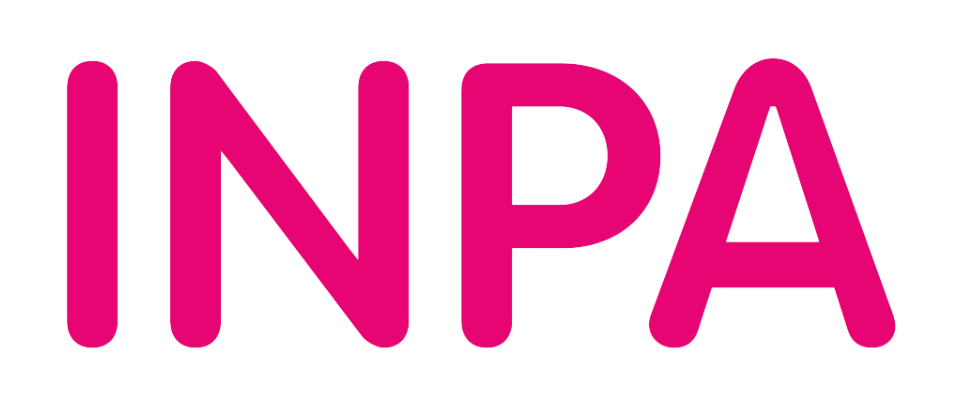Music therapy has been shown to be a powerful and effective tool in helping children living with Acquired Brain Injury (ABI) to improve their walking ability. A new study has revealed that by using rhythmic auditory stimulation through music therapy, these children have seen great progress towards reaching their rehabilitation goals.
In this article will explore the ways in which music therapy can be used as a supportive approach in walking rehabilitation for children with severe ABI.
What is ABI?
Brain injuries acquired after birth are defined as any damage caused by infection, disease, lack of oxygen, or a blow to the head.
People with an ABI who have their activities restricted or limited are two thirds older than 45, and one third older than 65. Age 40-49 is the largest age group, and rates are higher for males than females for all ages except those over 80.
What is music therapy?
Music Therapy is a medical process that’s used in many clinical treatments and health interventions in an effort to create benefits for patients whose lives have been changed because of injury, illness, disability, or other type of medical condition.
Through the inherent benefits of music, music therapists are there to help infants who are in the early stages of bonding with their parents, all the way to adults who are receiving palliative care at the end of their lives.
Central to Music Therapy is the therapeutic relationship that is built as you play live music together with a client. The therapeutic process will also happen spontaneously and improvisation is often encouraged. What this means is that clients can explore and connect with the world and express themselves through creating their own, unique musical language.

Music therapy can help in many clinical situations, particularly where communication is difficult due to illness, injury or disability
The role of music in recovery
A new first-of-its-kind study suggests that rhythmic auditory stimulation could augment the rehabilitation of young people who’ve sustained serious brain injuries.
This technique works by using auditory prompts to establish a rhythmic, body-safe pattern of movements. With it, patients can be coached to move at the optimum walking rate. This neurological connection creates a more rhythmic pattern of steps.
Though the potential of rhythmic auditory stimulation has never been investigated in the context of treating children with ABI, the approach has been found to improve walking speed among people who have survived stroke, those living with Parkinson’s disease and, most recently, children with cerebral palsy.
The study
Every participant in the pilot study who had rhythmic auditory stimulation to rehabilitation improved. They demonstrated the most noticeable changes in their ability to walk.
Based on these findings, the study’s authors believe adding this technique to other interventions could have a beneficial effect on children with ABI.
As senior research fellow at Anglia Ruskin University and author of the study, Dr. Jonathan Pool explained: “This is the first study to examine the effect of rhythmically induced auditory stimulation for young people with acquired brain injury.”
Despite showing variation in the benefits of auditory rhythm stimulation among participants, the findings in this study are encouraging and demonstrate that a detailed assessment of the quality of one’s movements is equally as important when gauging their recovery as part of their rehabilitation as is, say, their tests on movement itself.
By engaging in live musical interaction with clients, Music Therapy facilitates positive changes in emotional wellbeing and communication by utilising the connection everyone has with music. The goal is to improve the skills of communication, self-confidence, independence, self-awareness, and attention while enhancing self-awareness and awareness of others.
Our member Chroma run their own fantastic music therapy, sessions might include playing improvised (“made up”) music on instruments, listening to music, song writing, or learning to use melody and rhythm to support brain functioning. Their music therapists are skilled at engaging with you through the music you already enjoy. They can help find the right kind of music to meet your therapy outcomes.





